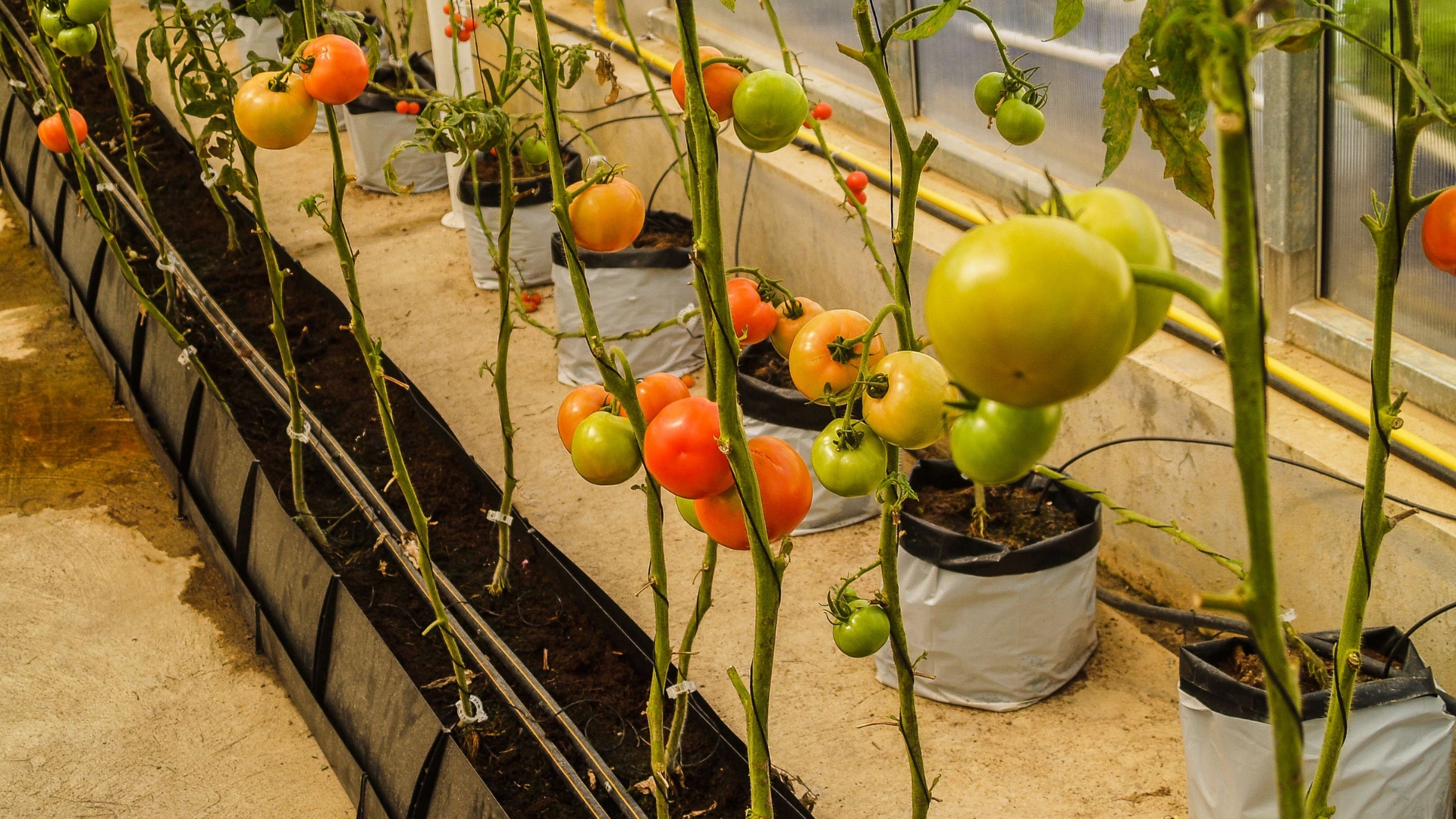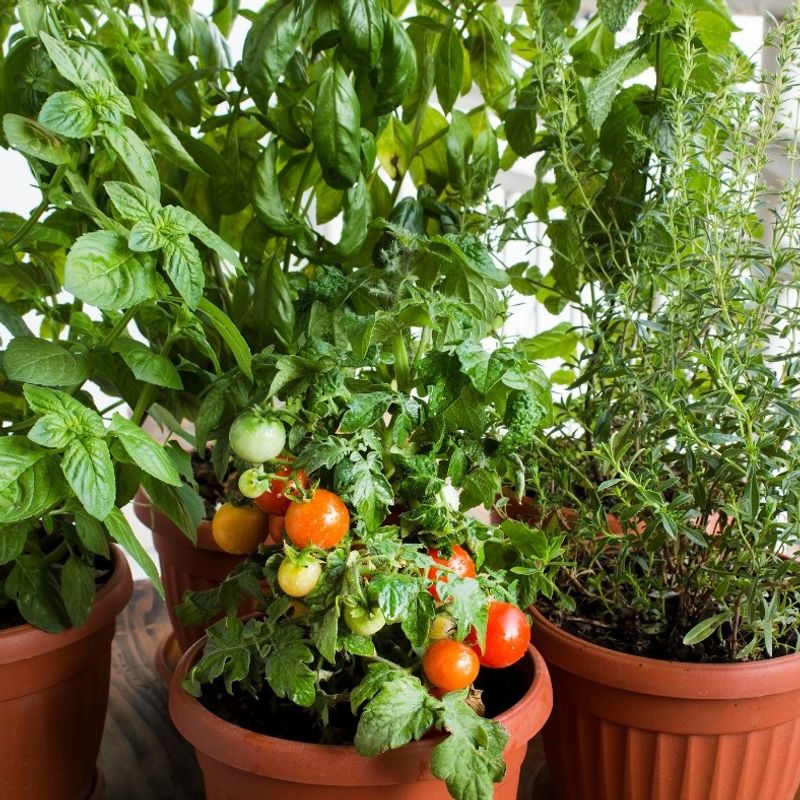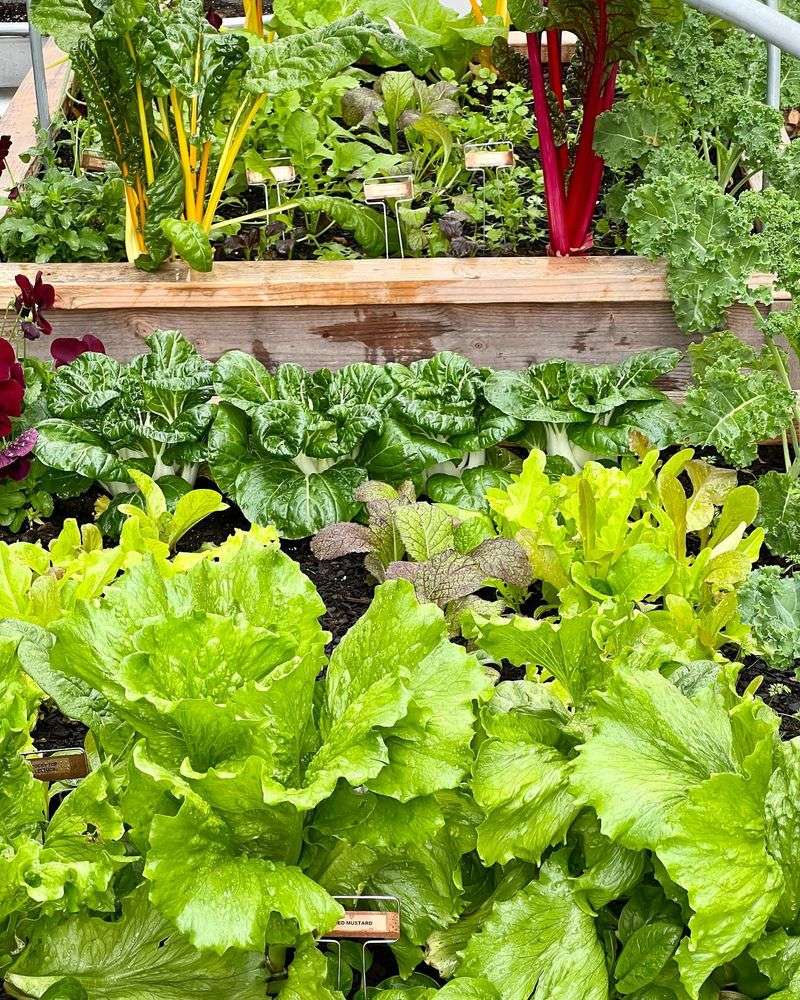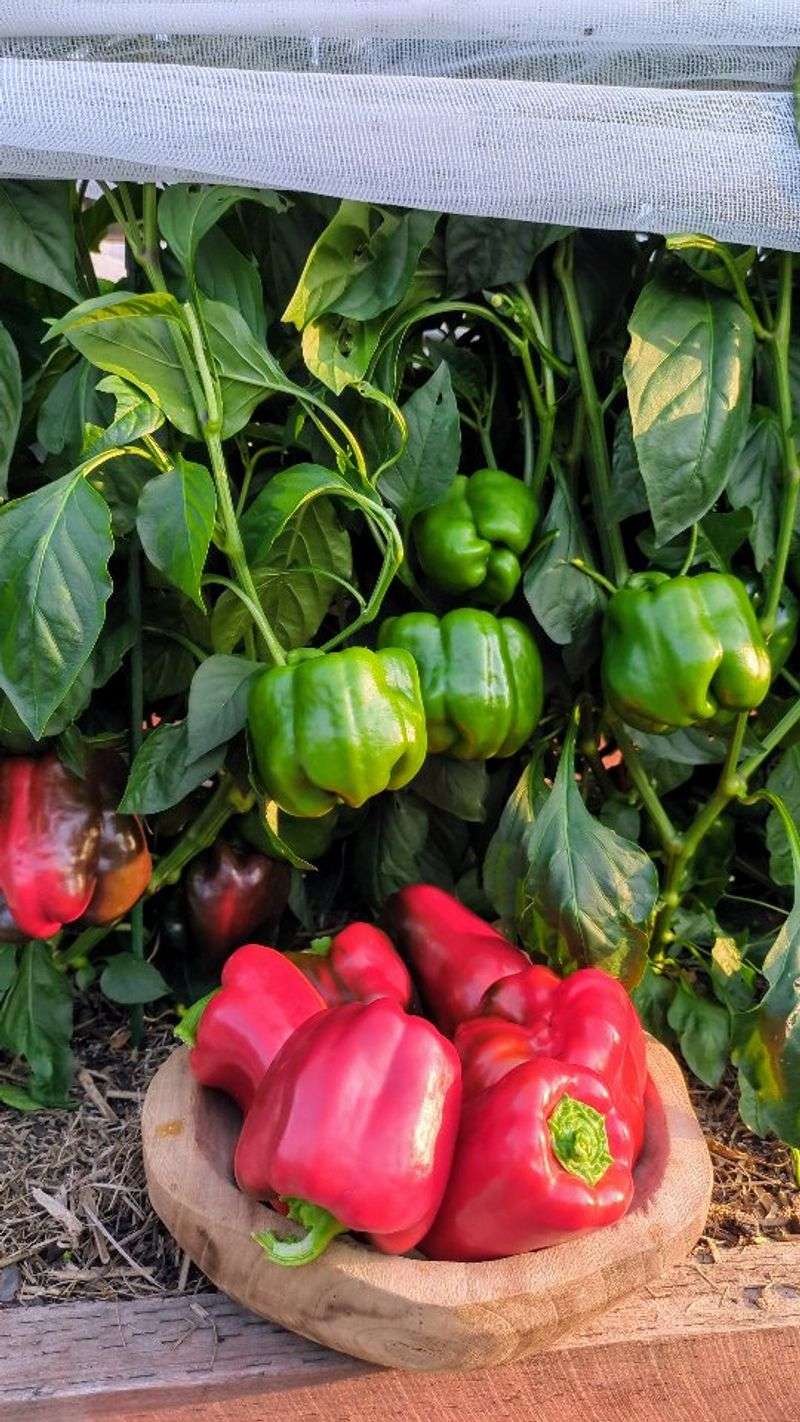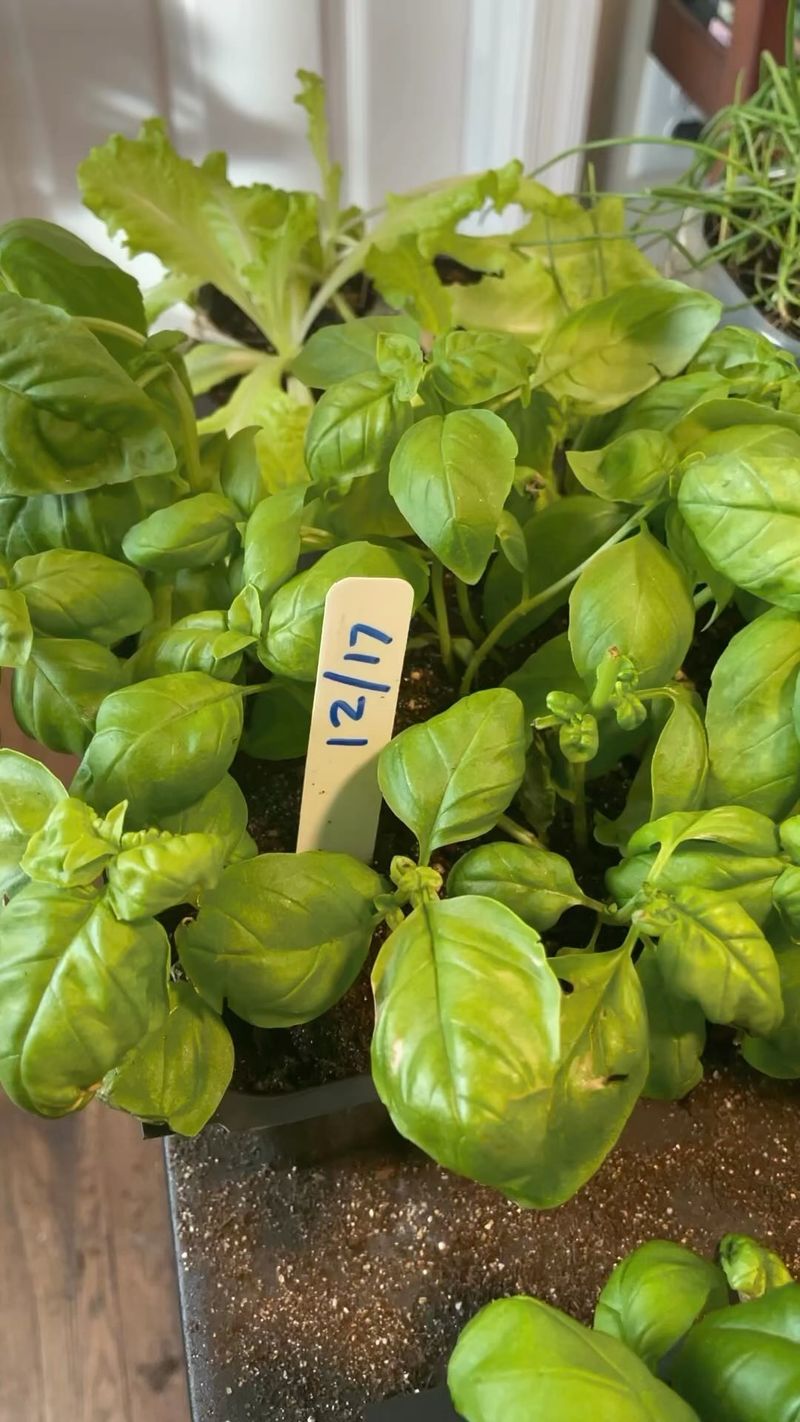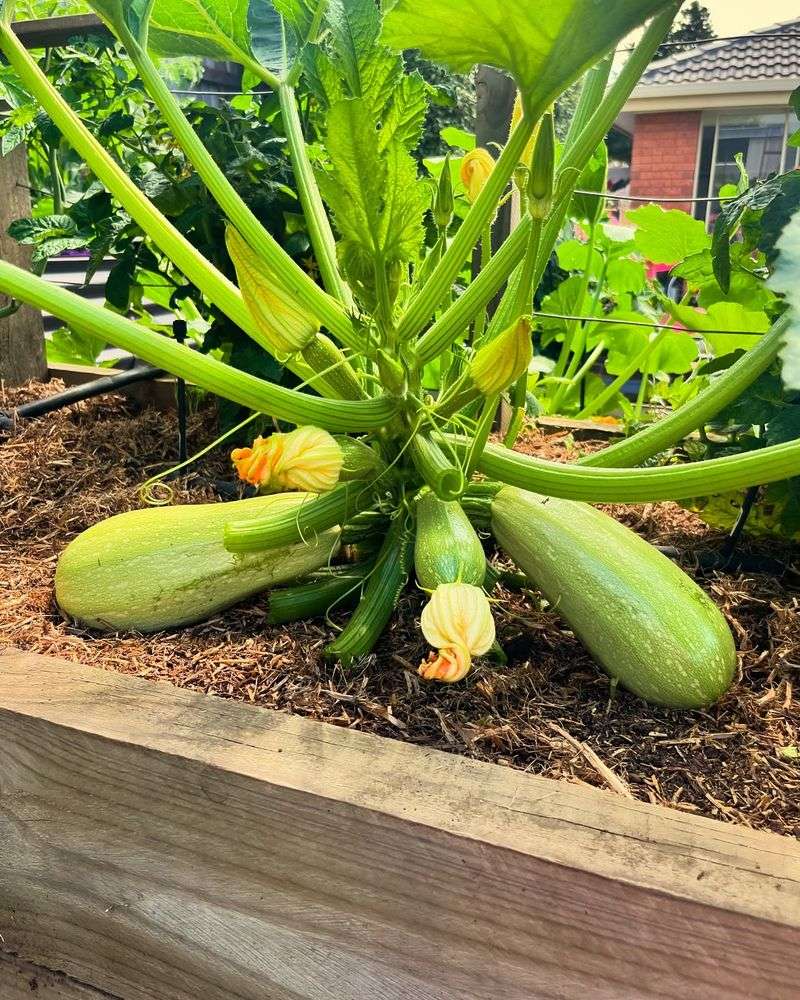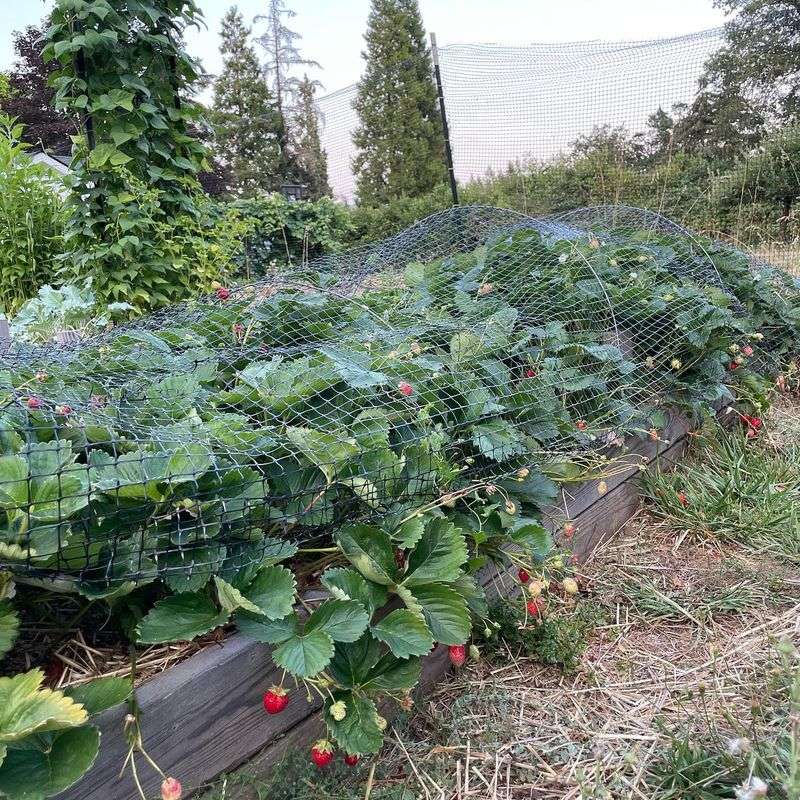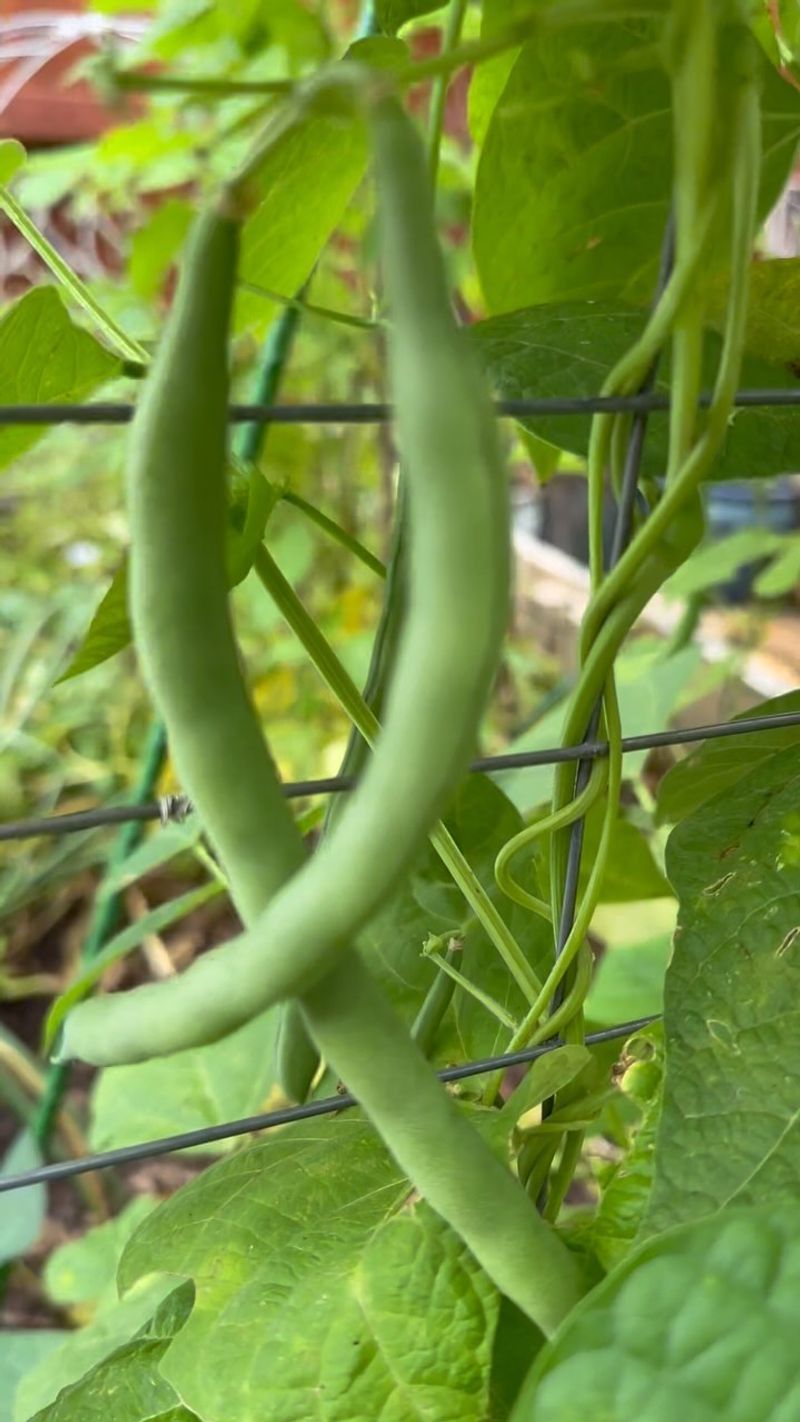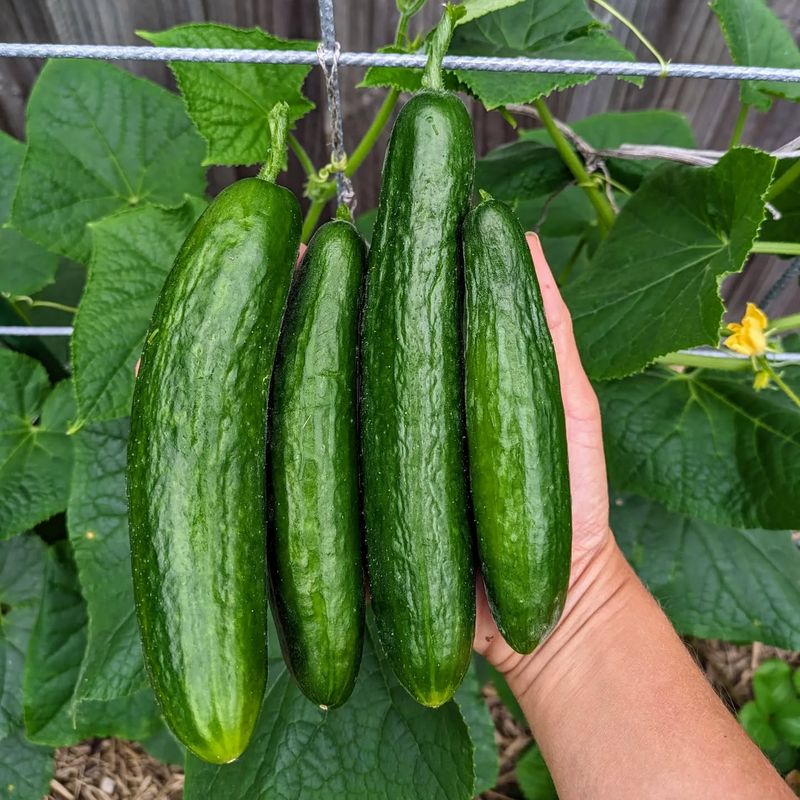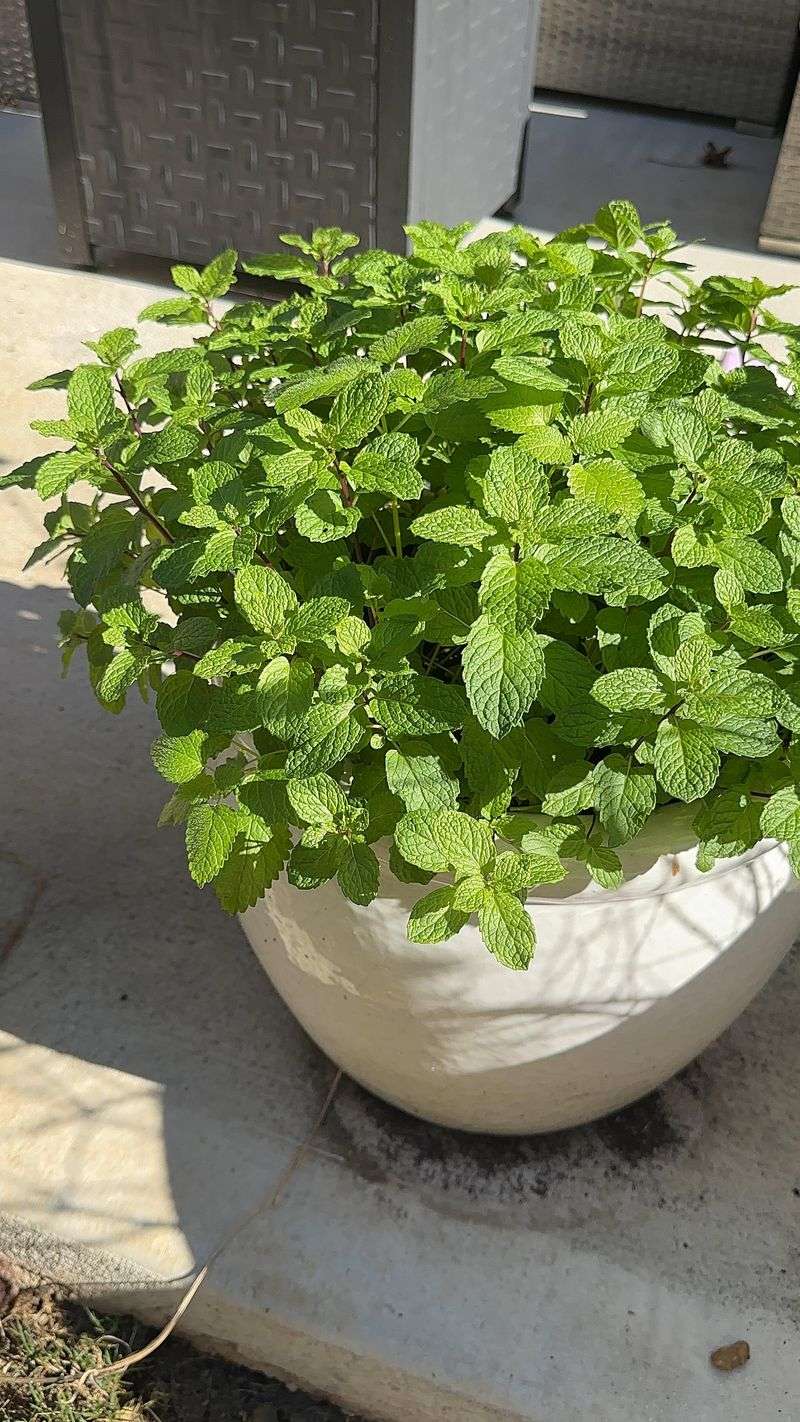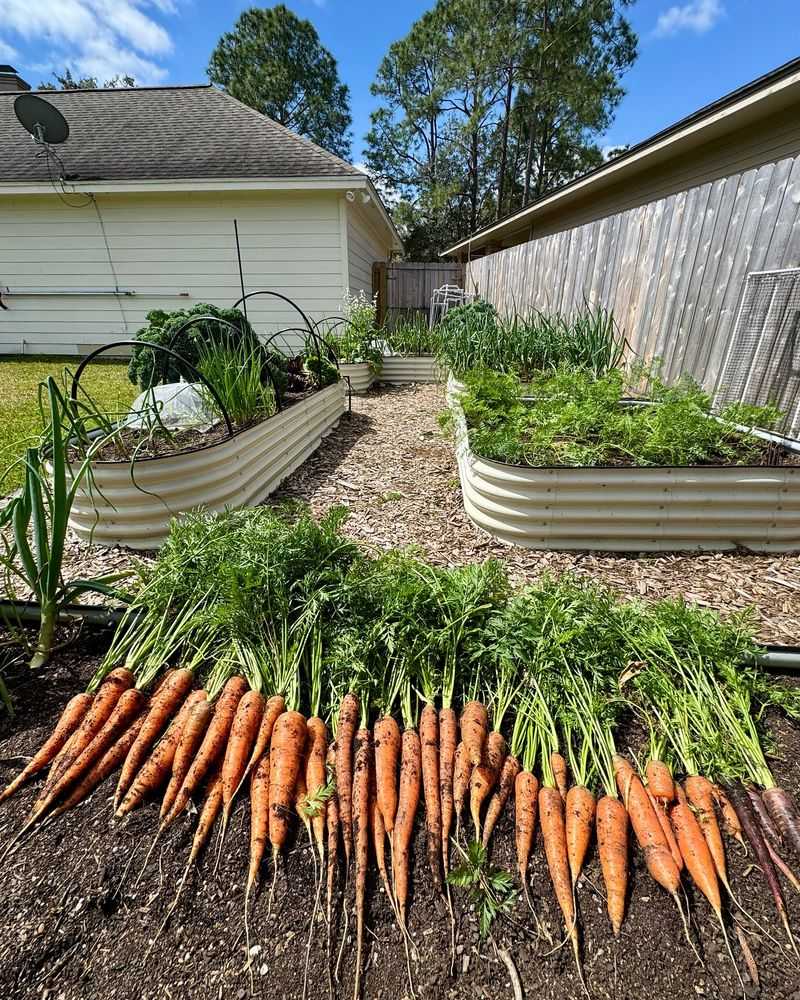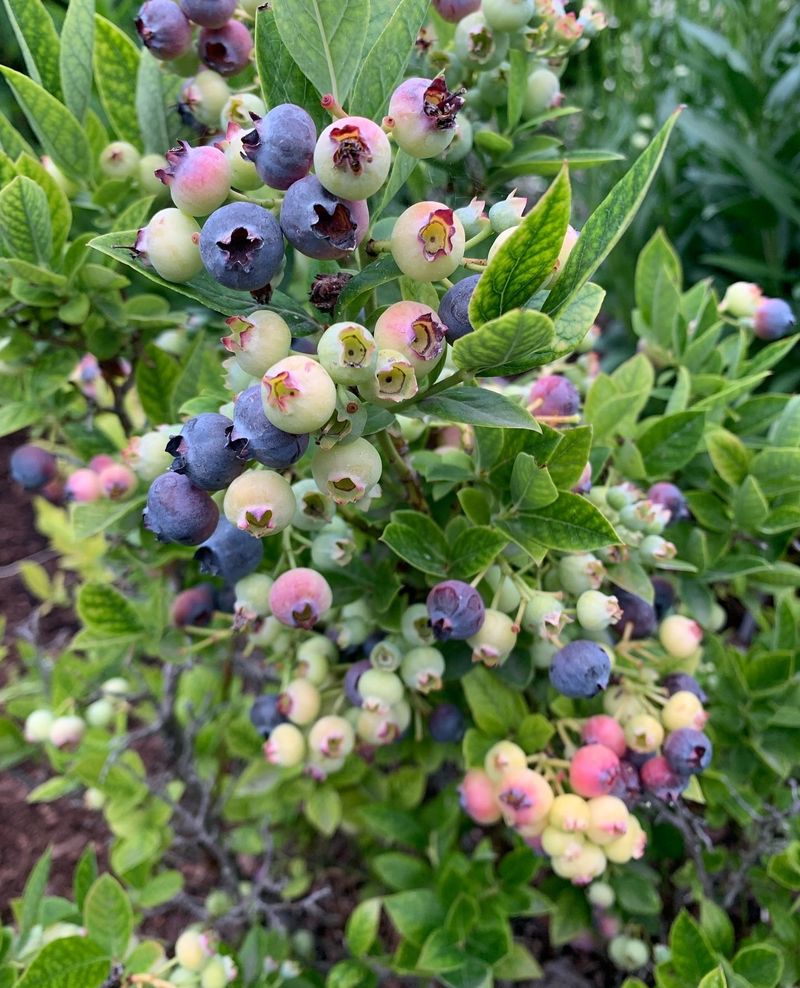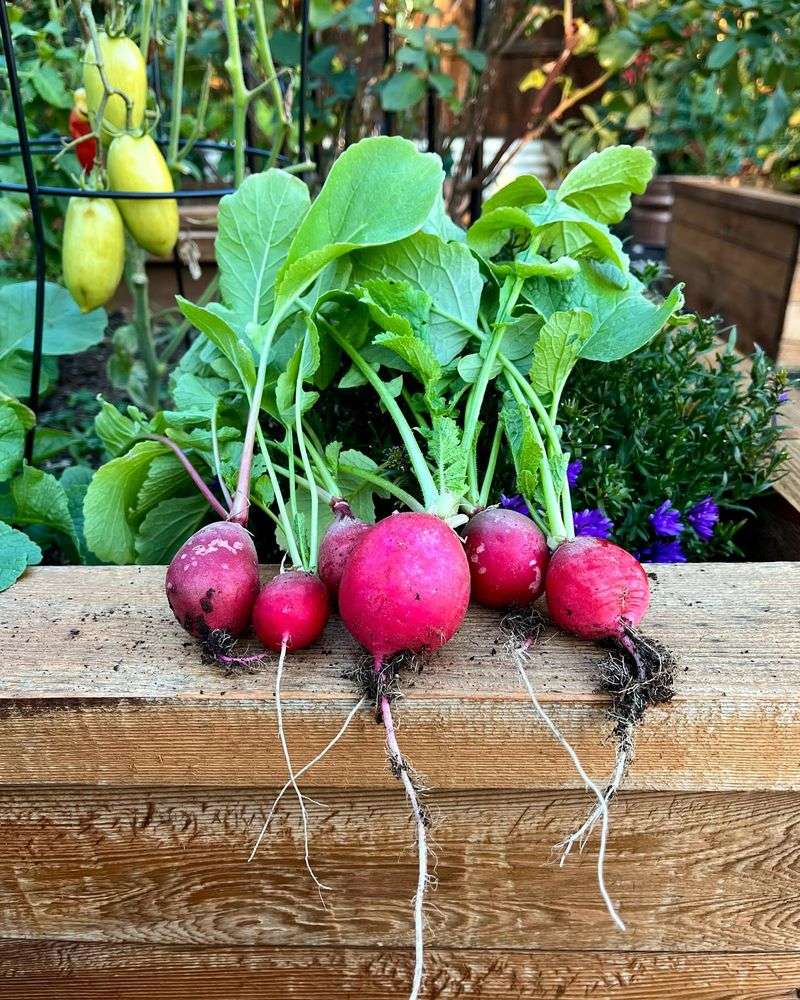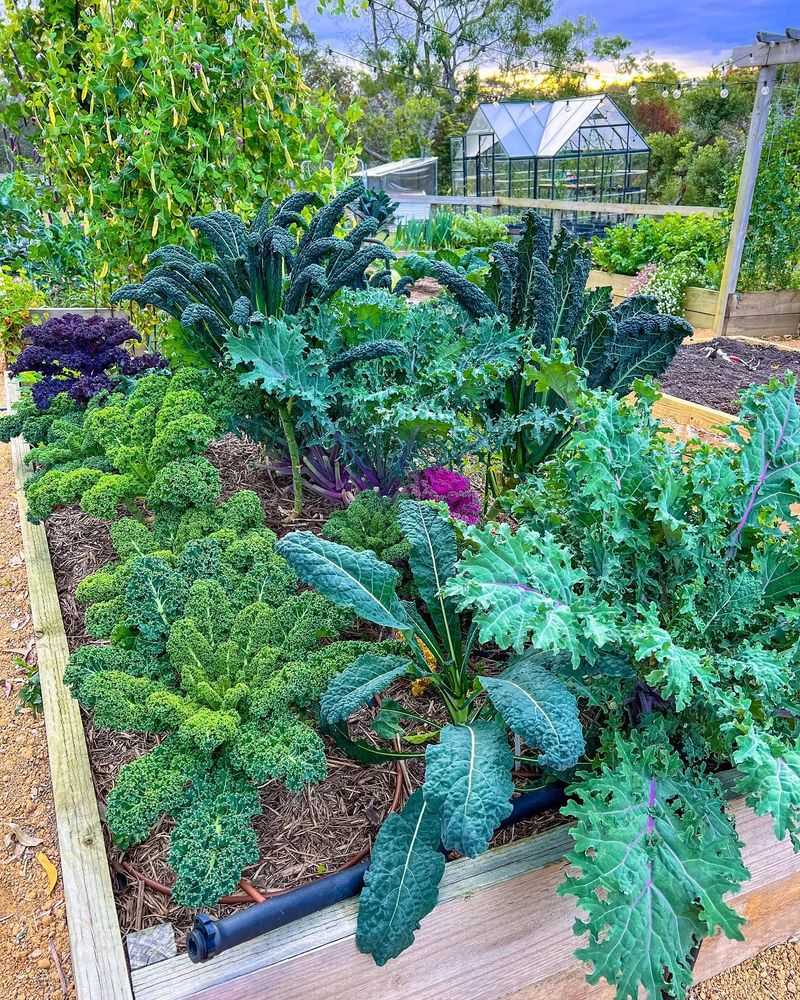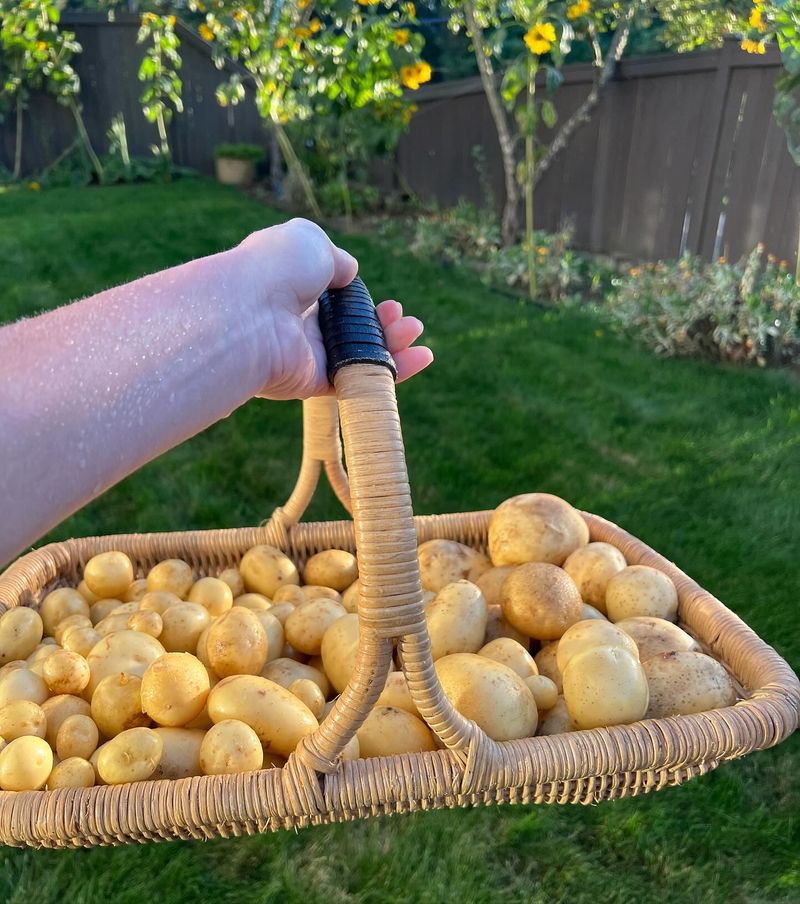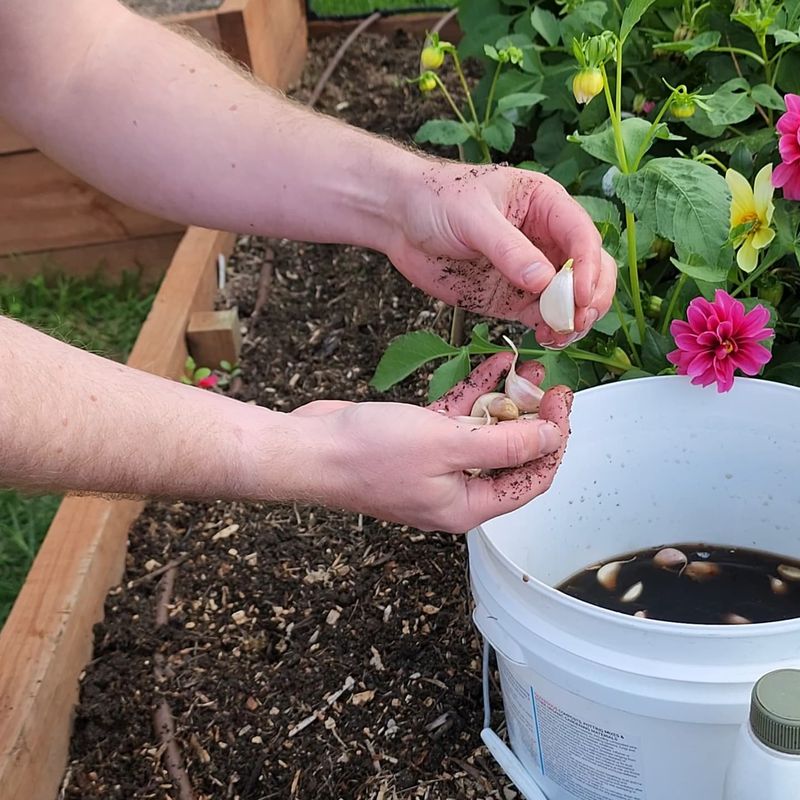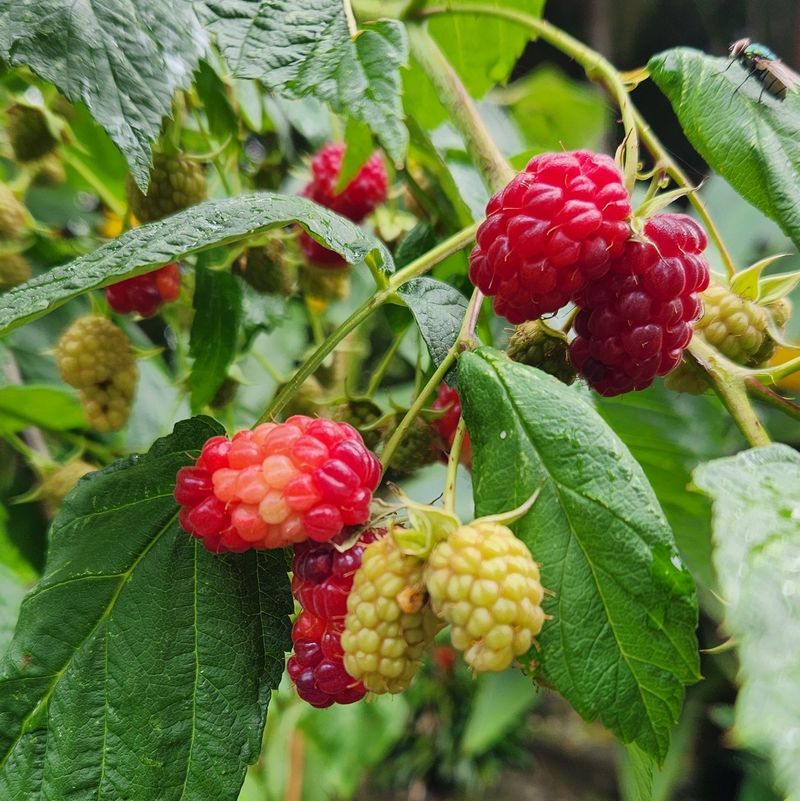Got a backyard and a craving for fresh, homegrown food? You’re in luck! There are so many tasty, legal options to plant right outside your door.
From sweet fruits to savory veggies, growing your own food is easier—and more satisfying—than you might think. Here are 17 popular foods you can legally grow at home to spice up your meals and your garden!
1. Tomatoes
Nothing compares to the sweet, juicy flavor of homegrown tomatoes fresh from the vine. Tomatoes thrive in sunny spots and can be grown in containers if you’re short on space. They’re relatively low-maintenance once established and produce abundantly throughout summer.
Even beginners can achieve great results with these versatile fruits. A single plant can yield pounds of produce, making them incredibly cost-effective. From tiny cherries to massive beefsteaks, there’s a variety to suit every taste and climate zone.
2. Lettuce
Harvest fresh salads right outside your door with minimal effort. Lettuce grows quickly from seed to table in as little as 30 days, making it perfect for impatient gardeners. You can plant it in early spring and again in fall for extended harvests.
Cut-and-come-again varieties allow you to snip outer leaves while the plant continues growing. Many lettuce types prefer cooler weather and partial shade during hot months. For a continuous supply, sow small batches every two weeks throughout the growing season.
3. Bell Peppers
Adding vibrant colors to your garden, bell peppers are as beautiful as they are nutritious. Sweet peppers require warm soil and full sun to thrive, making them perfect summer crops. Starting seeds indoors several weeks before the last frost gives them a head start.
When fully ripe, bell peppers transform from green to yellow, orange, or red, becoming sweeter in the process. Support plants with stakes or cages as they can become top-heavy when loaded with fruit. Most varieties will produce until the first frost if properly cared for.
4. Basil
Garden-fresh pesto becomes a reality when you grow your own aromatic basil. The fragrant herb grows quickly in warm weather and pairs perfectly with those backyard tomatoes. Regular harvesting encourages bushier growth and prevents the plant from flowering too soon.
Growing basil near tomatoes is beneficial for both plants, as it improves flavor and repels certain pests. The herb thrives in containers on sunny patios and windowsills too. For best results, keep soil consistently moist but not waterlogged, and pinch off flower buds to extend the harvest season.
5. Zucchini
Famous for its incredible productivity, one zucchini plant can feed an entire family. Summer squash varieties grow rapidly in warm weather and begin producing within two months of planting. Many gardeners joke about having to leave excess zucchini on neighbors’ porches during peak season.
Harvest fruits when they’re small (6-8 inches) for the best flavor and tender texture. Zucchini plants spread widely, so give them plenty of room or train them vertically on trellises. Male and female flowers both appear on the same plant, with bees handling the pollination duties.
6. Strawberries
Enjoying sun-warmed strawberries straight from the garden is a true summer delight. These perennial fruits come back year after year, making them an excellent investment for your garden space. Strawberries work beautifully in dedicated beds, hanging baskets, or decorative containers.
June-bearing varieties produce one large crop early in the season, while ever-bearing types yield smaller harvests throughout summer. Birds love them too, so consider protective netting once fruits begin to form. After a few years, plants become less productive and should be replaced with new runners.
7. Green Beans
Prolific and easy to grow, green beans are perfect for novice gardeners. Pole varieties climb upward on trellises, saving precious garden space while producing for months. Bush types stay compact but typically yield their harvest all at once.
Fresh beans taste infinitely better than store-bought and can be harvested at any size according to preference. Children especially enjoy picking the dangling pods from climbing varieties. Beans fix nitrogen in the soil, improving ground for next year’s crops in that location.
8. Cucumbers
Cool and crisp, homegrown cucumbers make summer heat more bearable. Vining types can be trained up trellises to save space and produce straighter fruits that are easier to spot. Bush varieties work well in containers and small garden plots.
Harvest frequently to encourage continued production throughout the growing season. Cucumbers contain mostly water, so consistent moisture is essential for best results. Bitter-free varieties are available if you’ve had issues with traditional cucumbers developing an unpleasant taste.
9. Mint
Making refreshing summer drinks becomes effortless with mint growing nearby. This aromatic herb is almost too easy to grow, spreading enthusiastically wherever it’s planted. Smart gardeners contain mint in pots to prevent it from taking over the entire yard.
Numerous varieties offer different flavors – from chocolate mint to pineapple mint. The leaves can be harvested continually throughout the growing season without harming the plant. Mint thrives in partial shade and tolerates poor soil conditions that would challenge other herbs.
10. Carrots
Pulling sweet carrots from the soil feels like discovering buried treasure. Root vegetables like these thrive in loose, stone-free soil where they can grow straight and long. Shorter varieties work well in shallow containers or raised beds with limited depth.
Baby carrots can be harvested within 50-60 days, while full-sized varieties need a bit longer. Cold weather actually improves their flavor by converting starches to sugars. For continuous harvests, plant small batches every few weeks during the growing season.
11. Blueberries
Creating your own berry patch brings years of sweet rewards with minimal maintenance. Blueberry bushes are perennial shrubs that can produce for decades once established. They prefer acidic soil and make beautiful landscape plants with seasonal interest.
Fall foliage turns brilliant red before the leaves drop for winter. Spring brings delicate white flowers, followed by summer’s blue fruits. Multiple varieties ensure cross-pollination and extended harvest periods. Birds love blueberries too, so netting may be necessary as fruits ripen.
12. Radishes
Ready for harvest in just three weeks, radishes offer almost instant gardening gratification. These peppery root vegetables grow well in spring and fall, preferring cooler temperatures that prevent them from becoming too spicy. Sowing seeds directly in the garden is easy since they germinate quickly.
Kids love growing radishes because of the fast results. Beyond the common red globe types, try watermelon radishes with green exteriors and pink interiors. Many gardeners use radishes as row markers for slower-germinating seeds since they sprout so quickly.
13. Kale
Surviving frost and even snow, kale extends the growing season well into winter. This nutritional powerhouse becomes sweeter after exposure to cold temperatures. Harvest outer leaves continuously while the plant keeps growing from the center.
Ornamental varieties with purple or ruffled leaves add beauty to edible landscapes. Kale grows well in containers and raised beds, requiring minimal care once established. Fresh young leaves are tender enough for salads, while mature ones work better in cooked dishes.
14. Potatoes
Digging for homegrown potatoes feels like a treasure hunt in your own backyard. Growing them in containers, grow bags, or tire towers makes harvesting easier and prevents them from spreading. Seed potatoes are cut into pieces, each containing at least one “eye” from which new plants sprout.
As plants grow taller, continue adding soil or mulch to cover the stems, which increases yield. Numerous varieties offer different flavors and colors beyond what grocery stores typically carry. Harvest new potatoes early or wait for mature tubers at the end of the season.
15. Garlic
Planted in fall and harvested in summer, garlic is a low-maintenance crop with amazing flavor benefits. Each clove planted grows into a complete bulb containing multiple cloves. Fall planting allows roots to develop before winter dormancy, resulting in larger bulbs the following year.
Hardneck varieties produce edible flower stalks called scapes in late spring. Harvesting occurs when lower leaves begin to yellow and dry. Proper curing after harvest ensures bulbs will store for months. Home-grown garlic typically offers stronger flavor than supermarket varieties.
16. Peas
Marking the start of spring, peas are among the first crops planted each year. Sweet and tender straight from the vine, they rarely make it into the kitchen before being eaten. Cool-weather lovers, peas can be planted again in late summer for a fall harvest in many regions.
Climbing varieties need support but produce more in limited space. Snow peas and snap peas have edible pods, while shelling types require podding before eating. Peas improve soil by fixing nitrogen, making them excellent rotation crops in vegetable gardens.
17. Raspberries
Establishing along fence lines or dedicated beds, raspberry canes yield delicious fruits for years. Summer-bearing varieties produce one crop on second-year canes, while ever-bearing types fruit on first-year growth. Once established, they require minimal care beyond annual pruning.
Red varieties are most common, but you can also grow black, purple, or golden raspberries. The shallow root systems benefit from regular mulching to retain moisture. Harvest berries when they easily pull free from the plant, indicating perfect ripeness.

